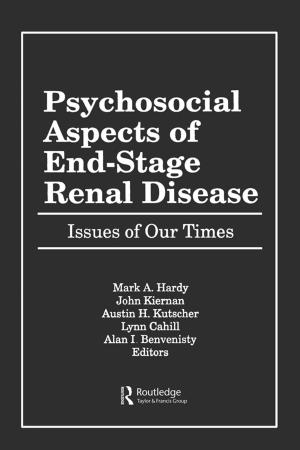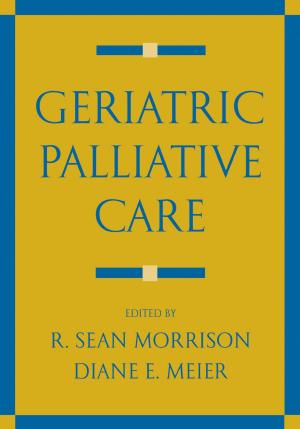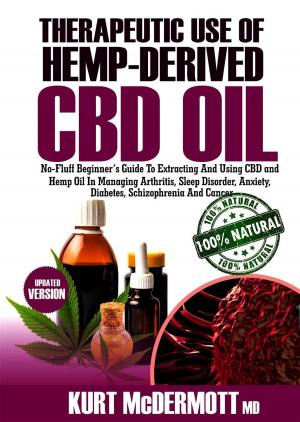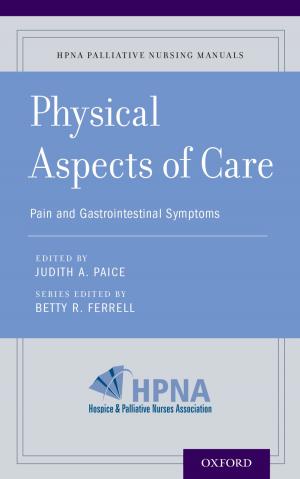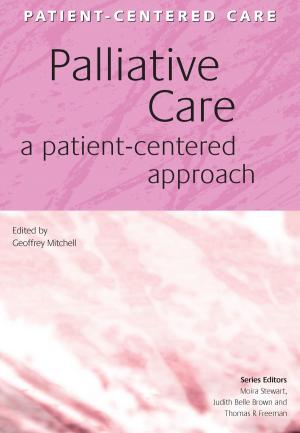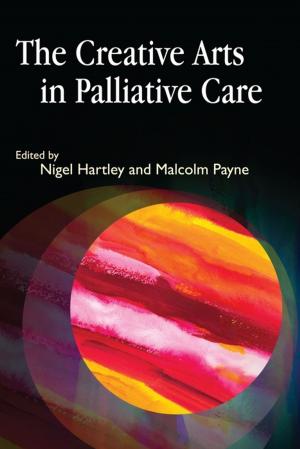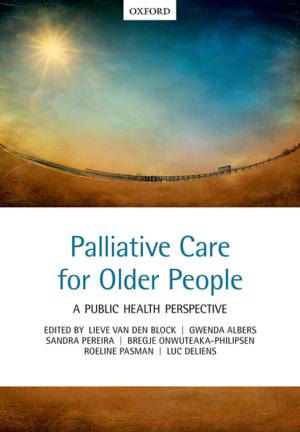On the origin of inflammation of the veins
and of the causes, consequences, and treatment of purulent deposits
Nonfiction, Health & Well Being, Medical, Reference, Histology, Patient Care, Terminal Care| Author: | Henry William Lee | ISBN: | 1230000279444 |
| Publisher: | LONDON: HENRY RENSHAW | Publication: | November 11, 2014 |
| Imprint: | Language: | English |
| Author: | Henry William Lee |
| ISBN: | 1230000279444 |
| Publisher: | LONDON: HENRY RENSHAW |
| Publication: | November 11, 2014 |
| Imprint: | |
| Language: | English |
Since the period when Humoral Pathology fell into merited disrepute, comparatively few attempts have been made, to define with any degree of accuracy, the conditions under which morbid secretions may find their way into the circulation. The diseases produced by the presence of vitiated fluids in the general system, and in parts of the body at a distance from their original source, have received more attention; but they are still far from occupying that position in our systems of medicine and surgery which their importance deserves.
The difficulty of tracing diseased secretions after they have become mingled with the blood, or of recognising their presence in the vessels, has rendered the investigation of their actions often tedious and inconclusive; while, on the other hand, the changes of structure in solid parts, readily appreciated by the senses, have been more calculated to arrest the attention, and to afford that ready solution of the origin of the symptoms which, whether imaginary or real, has a tendency to relieve the mind from farther doubt and suspense. Hence it has happened, that the pathology of the solid parts of the body has received a very disproportionate share of attention.
Most of the observations which have tended to advance our knowledge of the effects of the introduction of diseased fluids into the blood, have been recorded under the name of Phlebitis or Inflammation of the Veins; and I have retained this title, although it is obviously inadequate to express those constitutional affections which form the most important and characteristic features of these complaints.
The introduction of pus into the system has justly been regarded as the most important of this class of diseases. But the theory of the circulation of pus globules with the blood, supported as it has been by much ingenious reasoning, and most conveniently adapted to explain the formation of purulent deposits, has yet never obtained general belief. The stoppage of the pus globules in the capillary tubes, has appeared to many accustomed to the practical observation of diseases, too mechanical a solution of the origin of these abscesses; and it has become necessary to determine, with more precision than has hitherto been done, the actual conditions under which pus in substance can be received into the circulation.
The simple experiment of mixing some pus with healthy, recently drawn blood, will at once shew that such a combination cannot circulate in the living body. It will be found that the blood coagulates round the globules of pus, and forms a solid mass which will adhere to the first surface with which it comes in contact; and it will be evident, that it is not till the coagulum thus formed is broken up or dissolved, that its elements can circulate with the blood.
It appears not a little surprising that this, perhaps the simplest and the most instructive experiment that can be performed in reference to the subject of the formation of purulent deposits, should not have been resorted to in preference to others which have been difficult in their execution, and inconclusive in their results.
It has been remarked by Sir Charles Bell, that we can seldom rely upon the answers that are extorted from living animals by experiments which go counter to the natural feeling of mankind; and that it is our duty, if experiments are performed, at all events to prepare for them by the closest previous application of our reason, and so to narrow the question as to be certain that advantage may be gained by our proceedings. Had the simple experiment mentioned above, illustrating the action of pus upon blood out of the body, been duly considered, it might have saved some of the vague and useless experiments which have been performed upon living animals in the investigation of the present subject.
Since the period when Humoral Pathology fell into merited disrepute, comparatively few attempts have been made, to define with any degree of accuracy, the conditions under which morbid secretions may find their way into the circulation. The diseases produced by the presence of vitiated fluids in the general system, and in parts of the body at a distance from their original source, have received more attention; but they are still far from occupying that position in our systems of medicine and surgery which their importance deserves.
The difficulty of tracing diseased secretions after they have become mingled with the blood, or of recognising their presence in the vessels, has rendered the investigation of their actions often tedious and inconclusive; while, on the other hand, the changes of structure in solid parts, readily appreciated by the senses, have been more calculated to arrest the attention, and to afford that ready solution of the origin of the symptoms which, whether imaginary or real, has a tendency to relieve the mind from farther doubt and suspense. Hence it has happened, that the pathology of the solid parts of the body has received a very disproportionate share of attention.
Most of the observations which have tended to advance our knowledge of the effects of the introduction of diseased fluids into the blood, have been recorded under the name of Phlebitis or Inflammation of the Veins; and I have retained this title, although it is obviously inadequate to express those constitutional affections which form the most important and characteristic features of these complaints.
The introduction of pus into the system has justly been regarded as the most important of this class of diseases. But the theory of the circulation of pus globules with the blood, supported as it has been by much ingenious reasoning, and most conveniently adapted to explain the formation of purulent deposits, has yet never obtained general belief. The stoppage of the pus globules in the capillary tubes, has appeared to many accustomed to the practical observation of diseases, too mechanical a solution of the origin of these abscesses; and it has become necessary to determine, with more precision than has hitherto been done, the actual conditions under which pus in substance can be received into the circulation.
The simple experiment of mixing some pus with healthy, recently drawn blood, will at once shew that such a combination cannot circulate in the living body. It will be found that the blood coagulates round the globules of pus, and forms a solid mass which will adhere to the first surface with which it comes in contact; and it will be evident, that it is not till the coagulum thus formed is broken up or dissolved, that its elements can circulate with the blood.
It appears not a little surprising that this, perhaps the simplest and the most instructive experiment that can be performed in reference to the subject of the formation of purulent deposits, should not have been resorted to in preference to others which have been difficult in their execution, and inconclusive in their results.
It has been remarked by Sir Charles Bell, that we can seldom rely upon the answers that are extorted from living animals by experiments which go counter to the natural feeling of mankind; and that it is our duty, if experiments are performed, at all events to prepare for them by the closest previous application of our reason, and so to narrow the question as to be certain that advantage may be gained by our proceedings. Had the simple experiment mentioned above, illustrating the action of pus upon blood out of the body, been duly considered, it might have saved some of the vague and useless experiments which have been performed upon living animals in the investigation of the present subject.

